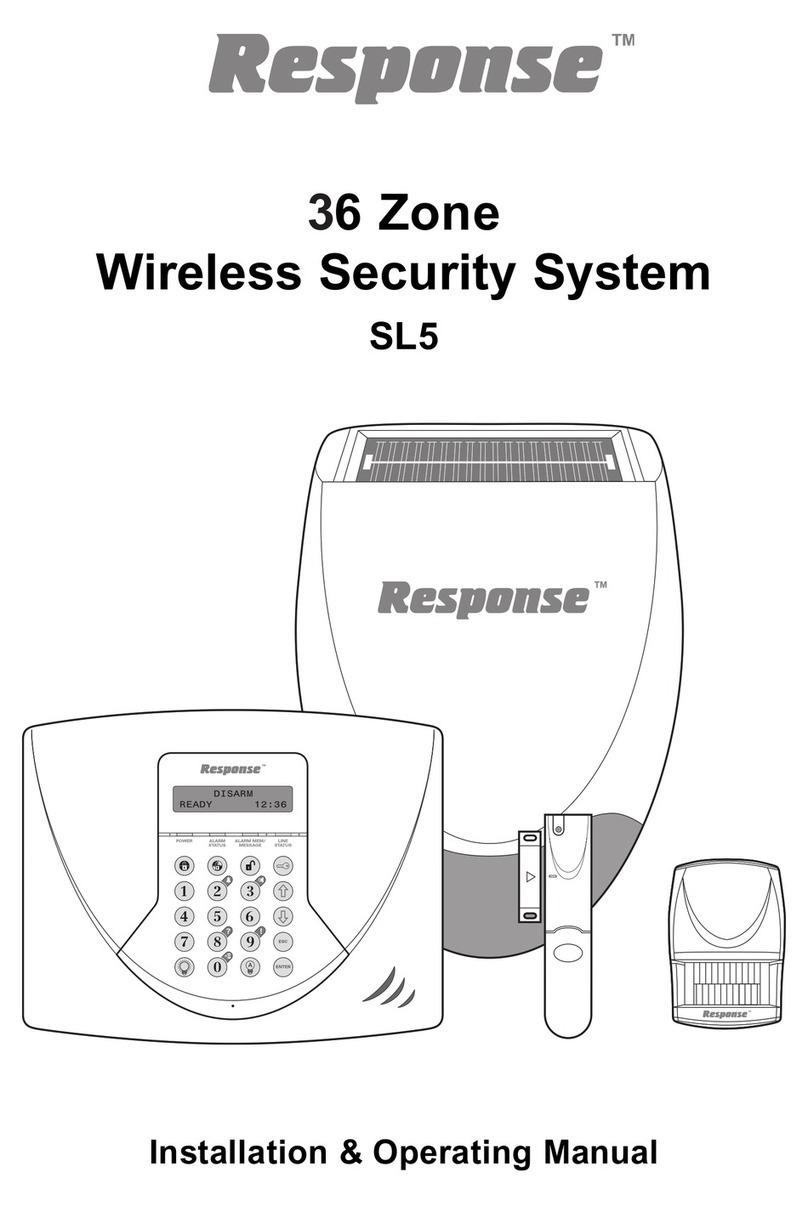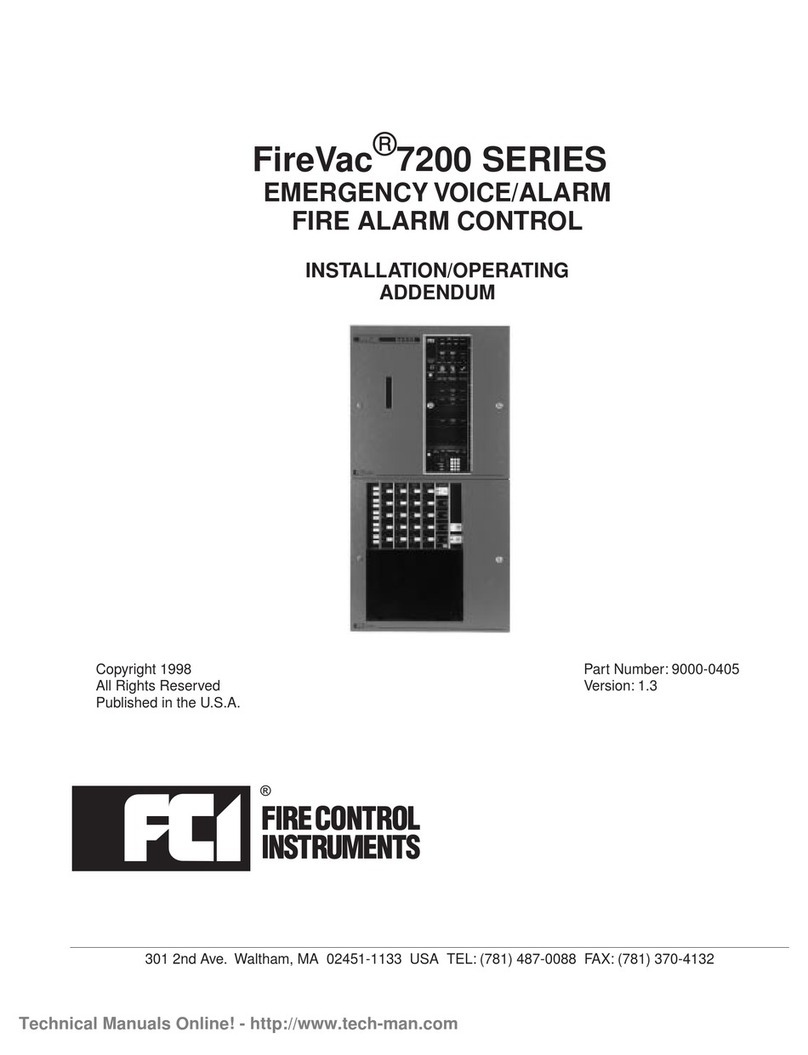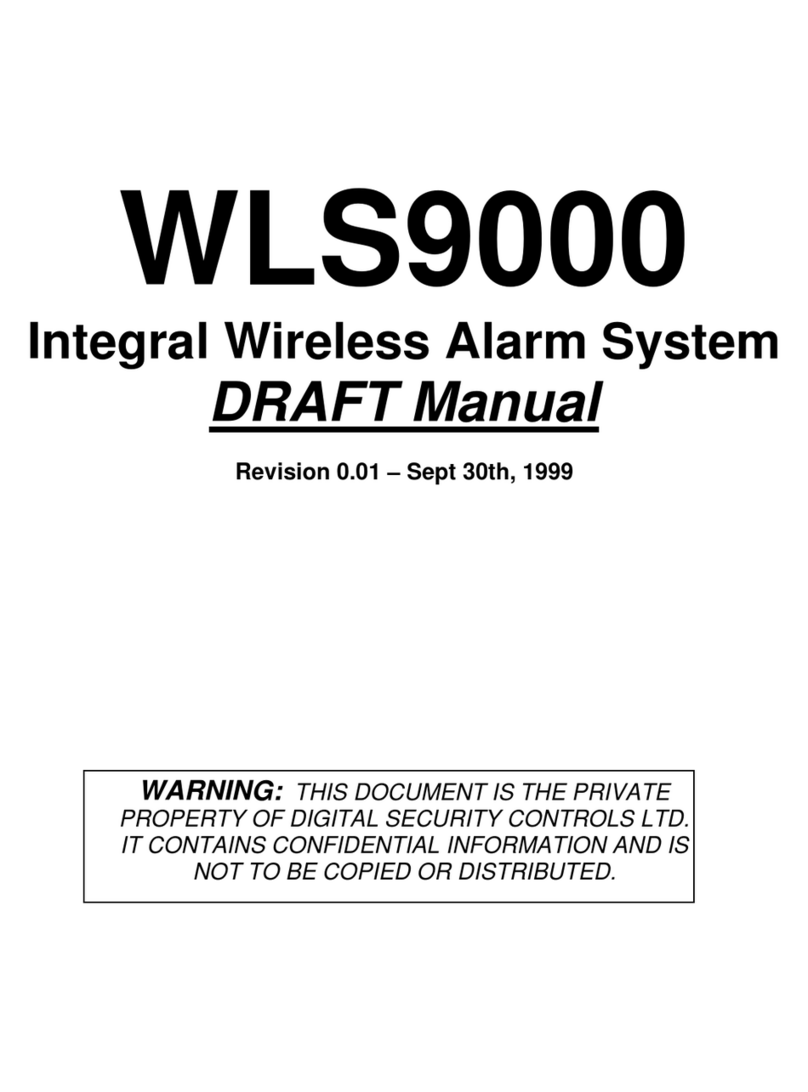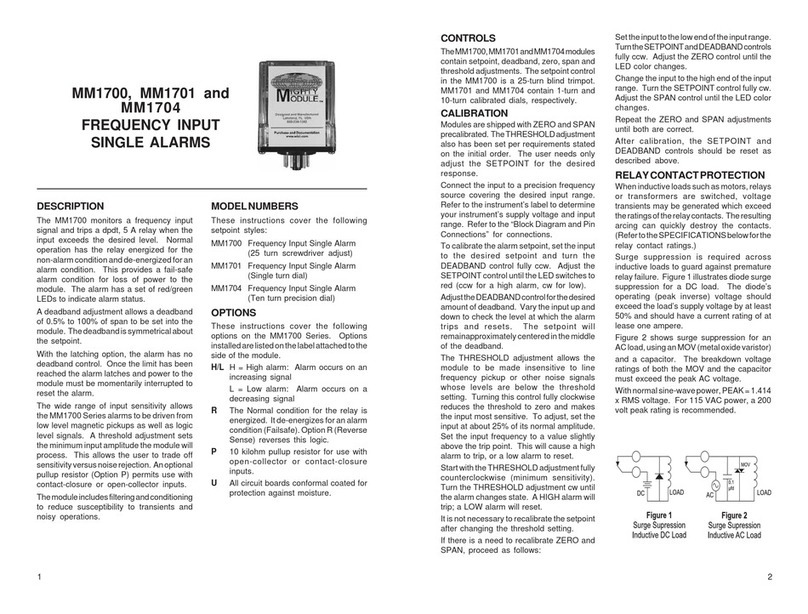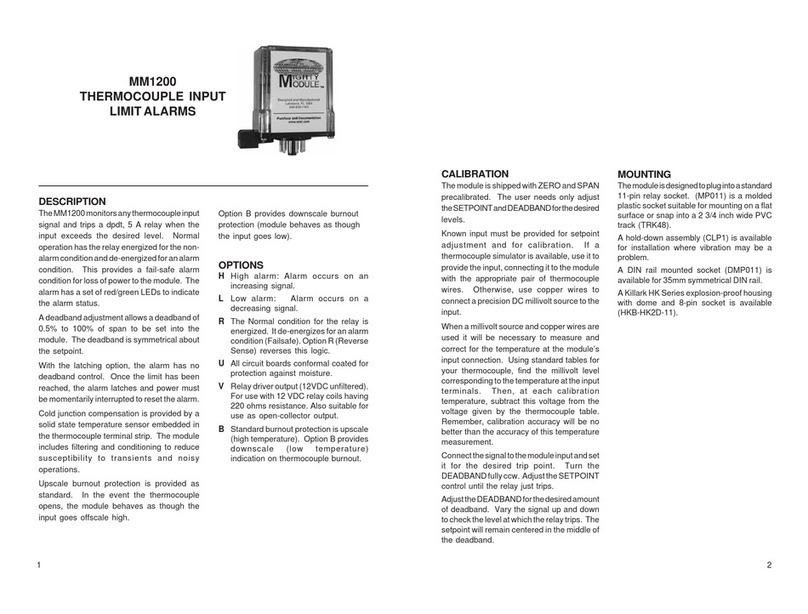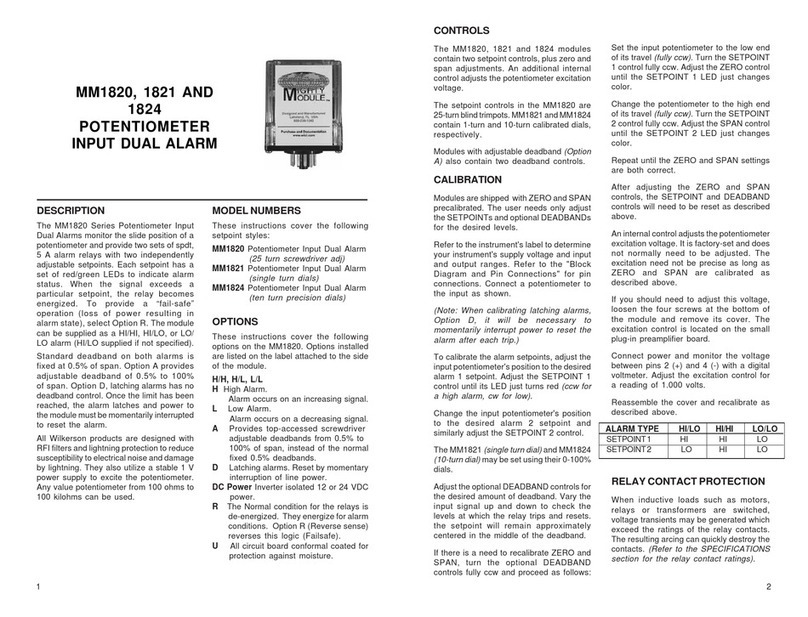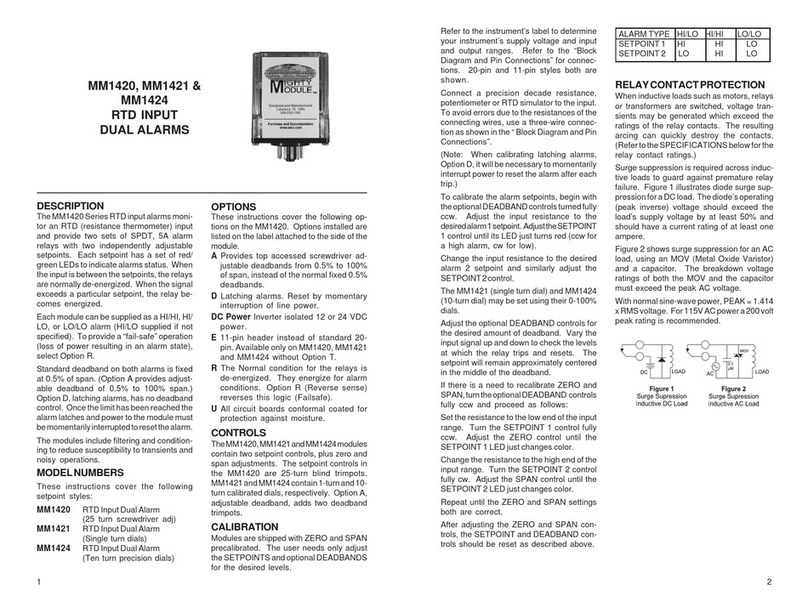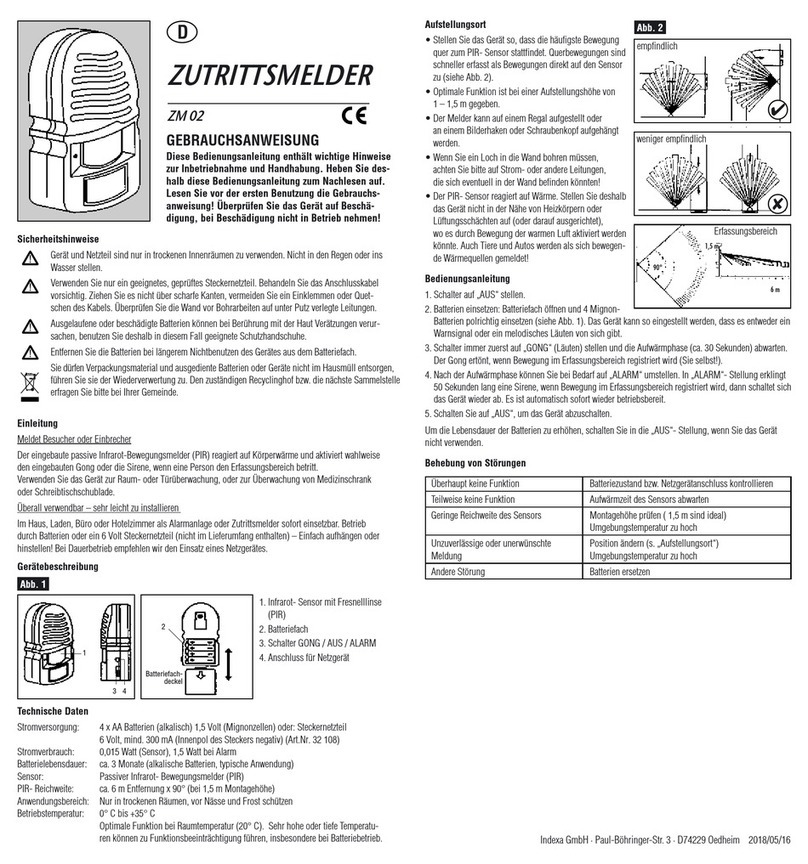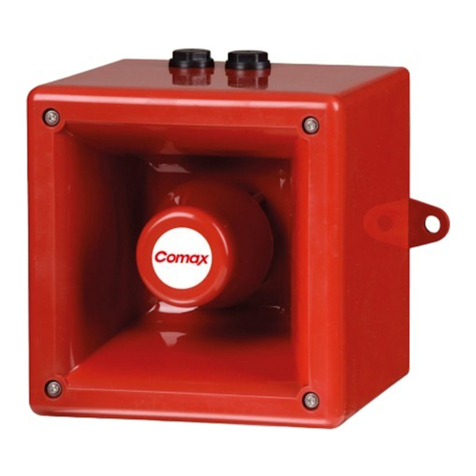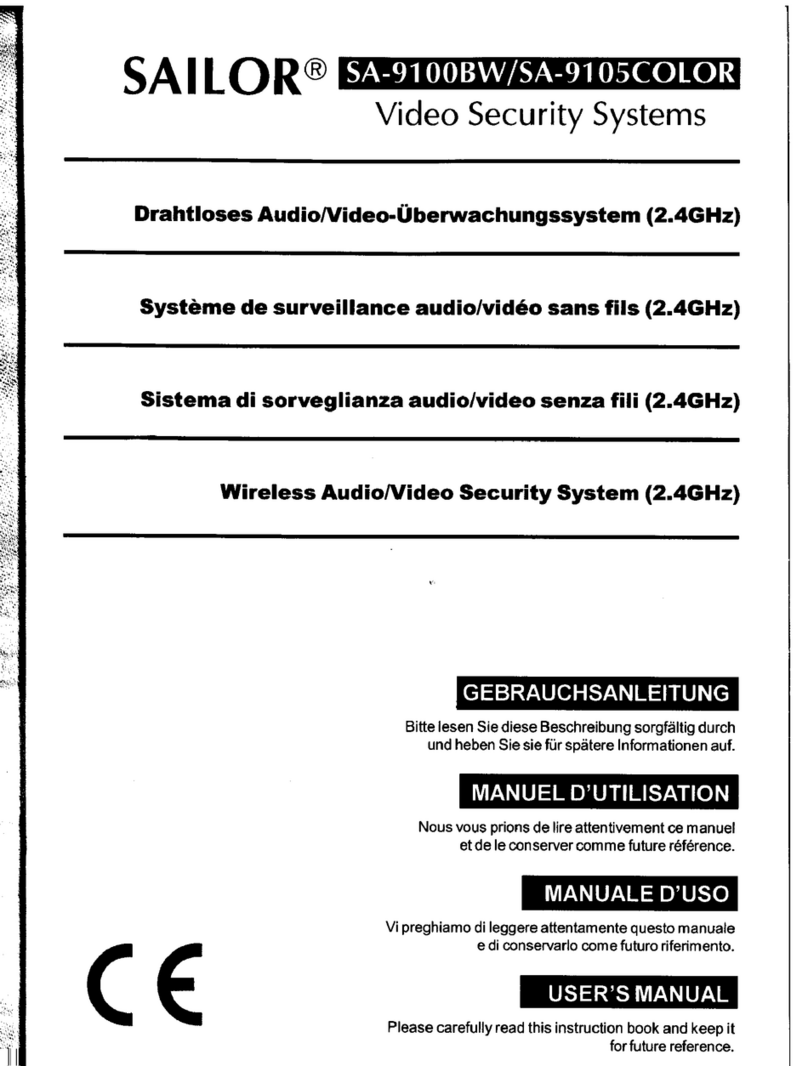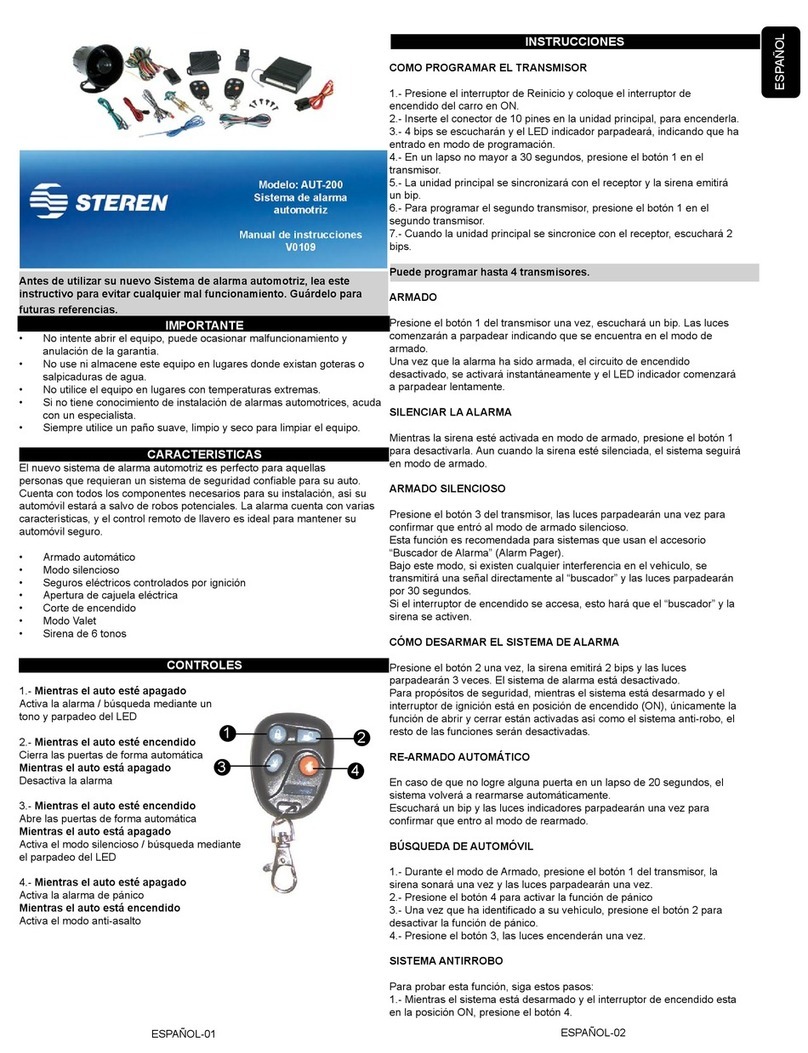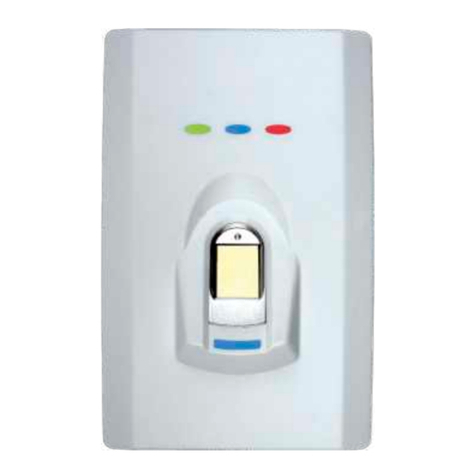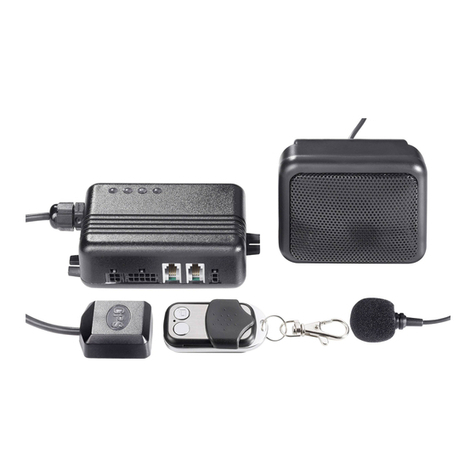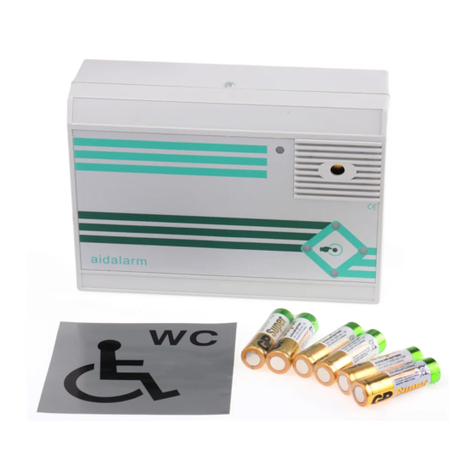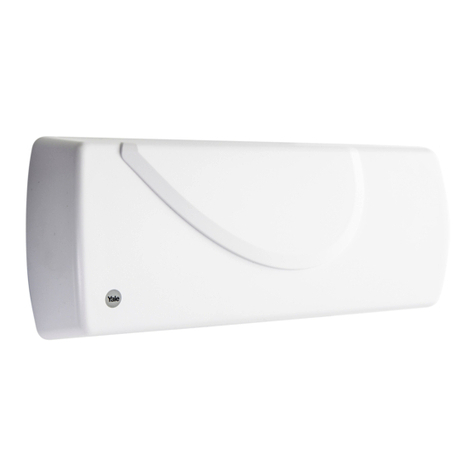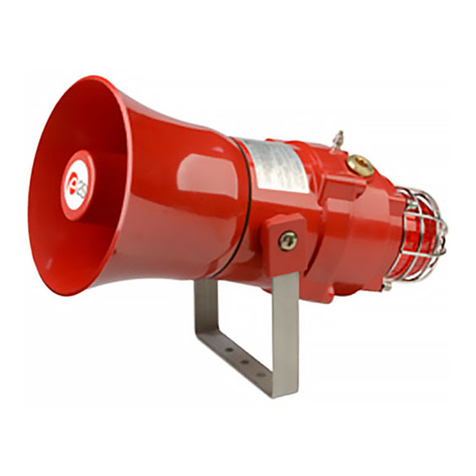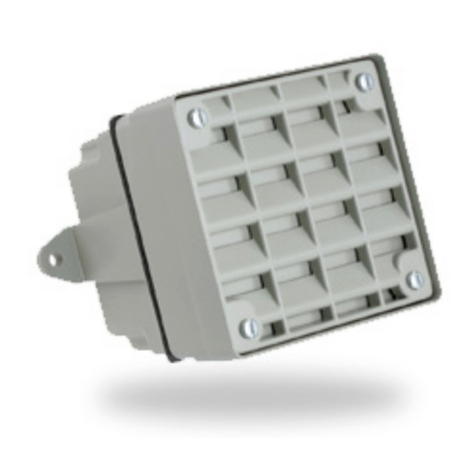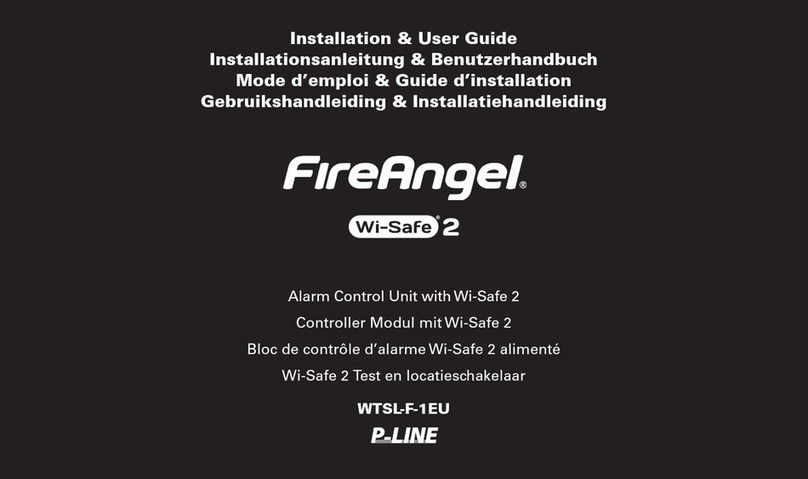MM1520,1521and1524
STRAINGAUGEINPUT
DUALLIMITALARMS
DESCRIPTION
TheMM1520SeriesStrainGaugeinputalarms
monitoraDCinputsignalfromastraingauge
or bridge and provide dual setpoint alarm
outputs when the input exceeds the alarm
values. EachunitcanbesuppliedasaHI/HI,
HI/LO orLO/LOalarm. Theoutputrelaysare
normallyde-energized, and energize for an
alarmcondition. Twosetsofred/greenLED
indicate alarm status to make setup easier.
Deadband on both alarms is fixed at 0.25%
of span.
MODELNUMBERS
These instructions cover the following
setpoint styles:
MM1520 Strain Gauge Input Dual Alarm
(25-turn screwdriver adj)
MM1521 Strain Gauge Input Dual Alarm
(Single turn dial)
MM1524 Strain Gauge Input Dual Alarm
(10-turn precision dial)
OPTIONS
These instructions cover the following op-
tions on the MM1520. Options installed are
listed on the label attached to the side of the
module.
H/H, H/L, L/L
H=Highalarm.
Alarm occurs on an increasing signal.
L= Low alarm.
Alarm occurs on a decreasing signal.
NO/NC
Normally open or normally closed
relay contacts: (see specifications)
RThe Normal condition for the relays is
de-energized. They energize for alarm
conditions. Option R (Reverse sense)
reverses this logic (Failsafe).
UAll circuit boards conformal coated for
protection against moisture.
CONTROLS
The MM1520, MM1521 and MM1524 mod-
ules contain two setpoint controls, zero and
span adjustments, plus a bridge excitation
voltage adjustment. The setpoint control in
the MM1520 is a 25-turn blind trimpot.
MM1521andMM1524 contain1-turnand25-
turn respectively.
CALIBRATION
Modulesareshipped with ZERO,SPANand
excitation voltage precalibrated. The user
needs only adjust the SETPOINT and
DEADBAND for the desired response.
Refer to the instrument's label to determine
your instrument's supply voltage and input
and output ranges. Refer to the "BLOCK
DIAGRAMANDPINCONNECTIONS"forpin
connections.
Connect the alarm input to its mating input
device, or to a precision resistance bridge
capable of simulating the input device.
(If it is necessary to recalibrate using
electronicinputs,refer to the ELECTRONIC
CALIBRATIONsection.)
To calibrate the alarm setpoints, adjust the
input to the desired alarm 1 setpoint. Adjust
theSETPOINT1controluntilitsLEDswitches
to red (ccw for a high alarm, cw for low).
Change the input to the desired alarm 2
setpointandsimilarlyadjusttheSETPOINT2
control.
Ifthere isaneed torecalibrateZERO,SPAN
and excitation voltage, proceed as follows:
Measurethevoltagebetween+EXC & -EXC
VOLT ADJ control for the desired excitation
voltage. The voltage is adjustable from 4 to
12 VDC.
Settheinputtothelowendoftheinputrange.
Turn the SETPOINT 1 control fully ccw.
AdjusttheZEROcontroluntiltheSETPOINT
1 LED color switches.
Changethe input to the high end of theinput
range. TurntheSETPOINT2 controlfullycw.
AdjusttheSPANcontroluntiltheSETPOINT
2 LED color switches.
RepeatuntiltheZEROandSPANsettingsare
both correct.
AfteradjustingtheZEROandSPANcontrols,
the SETPOINT controls should be reset as
described above.
ELECTRONICCALIBRATION
Ifitisnecessarytorecalibrateusingelectronic
inputs, proceed as follows:
Measure the voltage between +EXC and
-EXC using a precision digital voltmeter.
Connect a calibrated millivolt signal source
betweenthe+SIGand-SIGinputs. Determine
theinput voltage required at each calibration
point. Therequiredvoltageequalsthebridge
sensitivity in millivolts per volt, multiplied by
the excitation voltage. For example, a
sensitivity of 2 mV/V multiplied by 10 V
excitation results in a 20 mV input signal.
RELAYCONTACTPROTECTION
Wheninductive loads suchasmotors,relays
or transformers are switched, voltage tran-
sients may be generated which exceed the
ratings of the relay contacts. The resulting
arcing can quickly destroy the contacts.
(RefertotheSPECIFICATIONSfortherelay
contact ratings.)
Surge supression is required across induc-
tive loads to guard against premature relay
failure. FIGURE 1 illustrates diode surge
supression for a DC load. The diode's oper-
ating (peak inverse) voltage should exceed
theload's supplyvoltagebyat least50%and
should have a current rating of at least one
ampere.
FIGURE 2 shows surge suppression for an
AC load, using an MOV (Metal Oxide Varis-
tor) and a capacitor. The breakdown voltage
ratings of both the MOV and the capacitor
must exceed the peak AC voltage.
Withnormalsine-wavepower,PEAK=1.414
x RMS voltage. For 115 VAC power a 200
volt peak rating is recommended.
1 2


